ASIRF 2018: A Rewarding Journey
This year, Schloss Dagstuhl – Leibniz Center for Informatics in Saarland, Germany hosted another successful Autumn School for Information Retrieval and Information Foraging (ASIRF). The event took place between September 16-21, 2018. Sponsored by the ACM Special Interest Group on Information Retrieval (SIGIR), German Informatics Society (GI), Center for Informatics Research and Technology (CIRT), and the University of Trier, ASIRF 2018 attracted twenty graduate students with diverse backgrounds from five countries. There were nine lectures given by leading academics in their respective fields. These lectures provided the attendees an opportunity to advance their knowledge in the domains of Information Retrieval (IR), Interactive Information Retrieval (IIR), Human Information Behavior, Collaborative IR, and Computational Social Science. Also, they had ample time to expand their research networks at a remote, serene area in the German countryside.

On Sunday, I arrived at Schloss Dagstuhl after an eighteen-hour-long journey from New York which included a flight from New York to Frankfurt, a scenic train ride from Frankfurt to St. Wendel through the hilly regions of Hesse, Rhineland-Palatinate, and Saarland, a short bus trip in the middle of farms and wineries to Dagstuhl Bahnhofstrasse, and finally a walk to Schloss Dagstuhl. However, the weariness of the journey vanished immediately in the prospect of spending the whole week in a single room on the top floor of a eighteenth-century old manor house. The evening started with a delicious meal and ended with the keynote lecture by Dr. Michael Lay on the evolution of the conceptual data model of dblp Computer Science bibliography system.
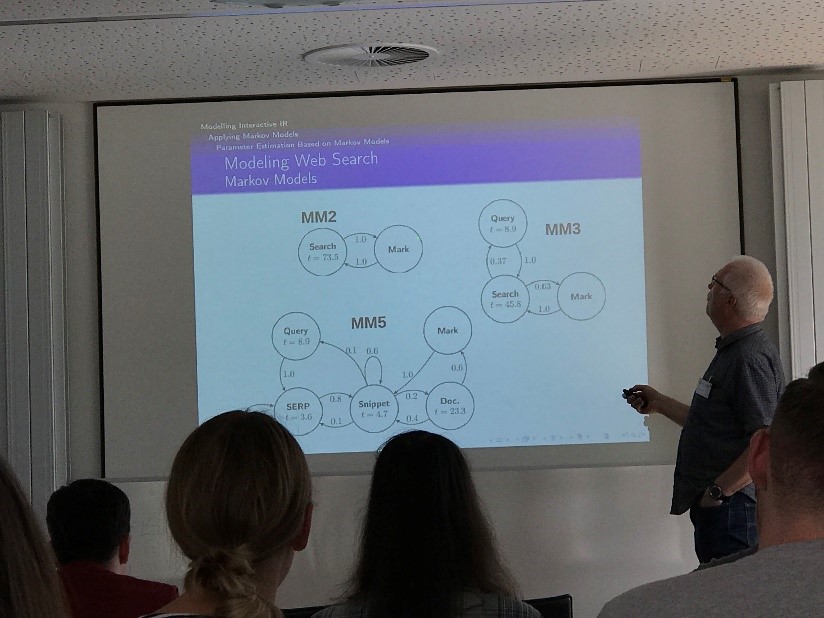
Throughout the week, leading scholars in the field delivered a range of lectures and presentations that covered a broad spectrum of topics related to information retrieval and information seeking behavior. On Monday, Dr. Ingo Frommholz provided an introduction to IR models – from Vector Space Model to some more advanced information retrieval models. Dr. Ralf Schenkel offered a foundation course on IR systems and efficiency methods of query processing. The lectures on theoretical foundations of system-centric IR were followed up with a comprehensive presentation by Prof. Dr. Norbert Fuhr on techniques for modeling Interactive IR and Information Seeking and Searching Behaviors. He presented an overview of the Probability Ranking Principle for Interactive IR, Markov models, Hidden Markov models, and parameter estimation based on Markov models. He also introduced the participants to the concept of information seeking and searching, some well-known cognitive search models such as Ellis’ behavioral model of information seeking strategies, Bates’ Berrypicking model, Belkin’s ASK model, Ingwersen’s Cognitive model, and user interface design based on cognitive models.

The next day, Dr. Pia Borlund presented a comprehensive overview of Interactive IR research field starting from how IIR is related to IR and information seeking to IIR evaluation model and simulated task situations. Finally, Dr. Borlund walked us through her process of designing and conducting IIR user studies. Later, Dr. Christa Womser-Hacker provided a thorough introduction to information behavior and various information seeking models including information foraging theory. The following lecture was given by Dr. Andreas Henrich on digital research infrastructures for the humanities and social sciences. Dr. Henrich discussed challenges and opportunities for retrieval systems and specialized databases in support of digitally-enabled research and teaching in the arts and humanities.
Later in the week, Dr. Henning Wachsmuth presented the argumentation analysis and retrieval using natural language processing (NLP). He introduced the key concepts of argument mining, assessment, and retrieval, and highlighted its applications in various domains such as intelligent personal assistants and fact-checking. On a similar note, Dr. Ahmet Aker started off by providing an overview of fake news and online rumors and explaining how these can be detected by using classic machine learning methods such as support vector machines, decision trees, k-nearest neighbor classifier, and deep neural networks (CNN and LSTM). Then, he offered a practical tutorial with case studies on deep learning including a brief overview of programming interfaces like TensorFlow and Keras where we had opportunities to use Keras and apply RNN and LSTM to real research problems.
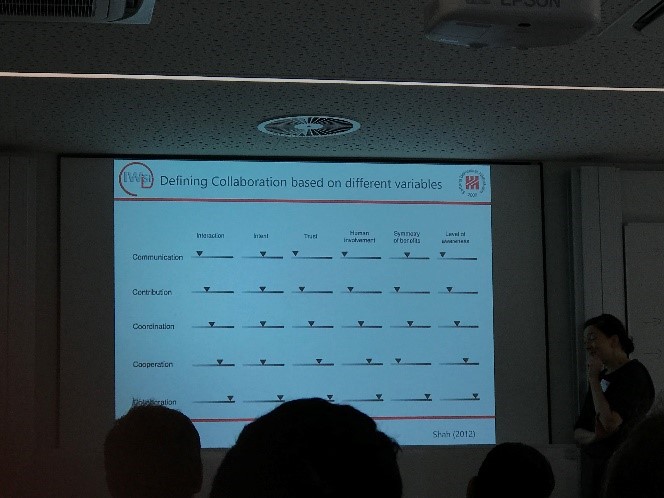
The last tutorial of the ASIRF 2018 was presented by Dr. Stefanie Elbeshausen on Collaborative Information Seeking (CIS). Dr. Elbeshausen introduced the topic with defining collaboration and its characteristics, collaborative browsing and seeking. She also covered some of the prominent CIS systems including our own Coagmento.
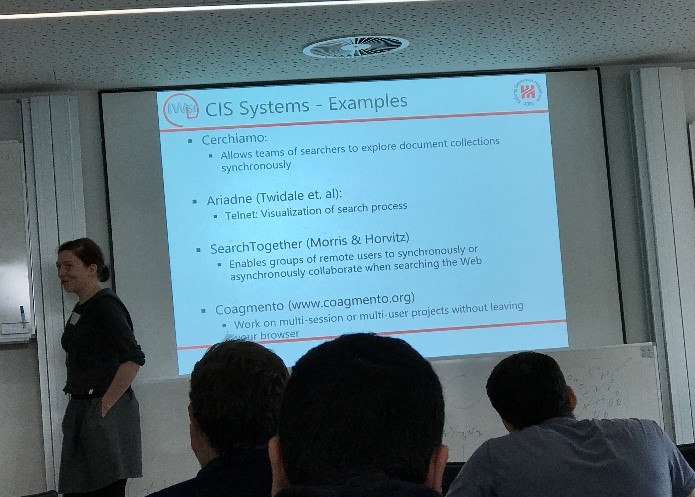
Apart from the tutorials, there were also opportunities to have hands-on experiences in applying those learned concepts in practice. The participants were divided into small groups and assigned tasks to propose a new ranking algorithm, design user interface for an IR system or, raise an empirical research question, and then they presented their ideas in front of fellow students. The assignment helped us to apply the concepts and techniques that we had learned about throughout the week. Moreover, all participants had the opportunity to give a presentation of their work.
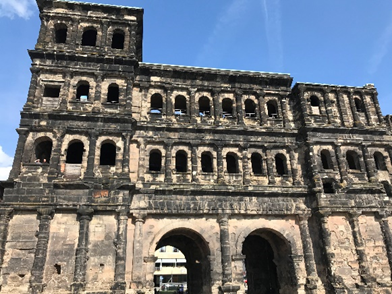
Other than these scholarly activities, we also enjoyed the cordial hospitality of the Schloss Dagstuhl staff, including randomized seating arrangements during our delicious meals and wine and cheese events at the wine cellar, which facilitated further discussion opportunities among students and faculties. We also had a chance to explore the beautiful area around Schloss Dagstuhl. We enjoyed a hike through the woods to the ruins of the old Dagstuhl castle on top of the hill. We also went to a guided tour of Trier, the oldest city in Germany and birthplace of Karl Marx, followed by a pleasant visit to an old winery to taste some of the best wines from the famous Mosel wine region.
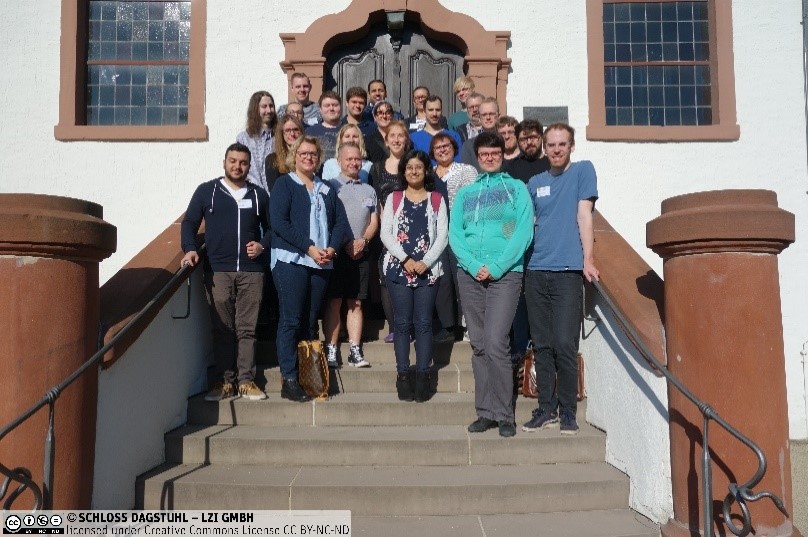
For me, the Autumn School was a very productive and pleasant experience. It helped me to enhance my knowledge in information seeking and retrieval, establish valuable research connections, and make new friends. My experience would not have been possible without the generous grants from the ACM Special Interest Group on Information Retrieval (SIGIR), and our PhD program at the School of Communication and Information.